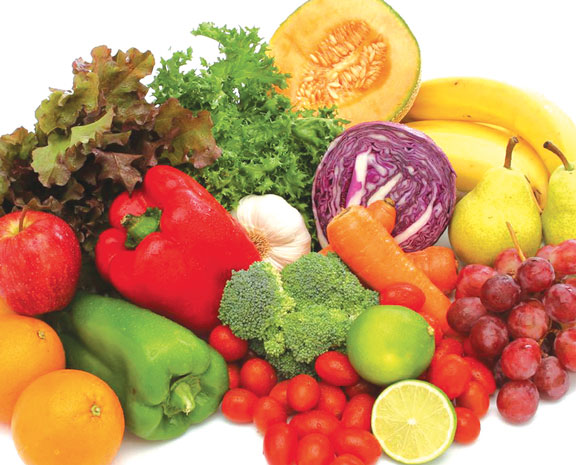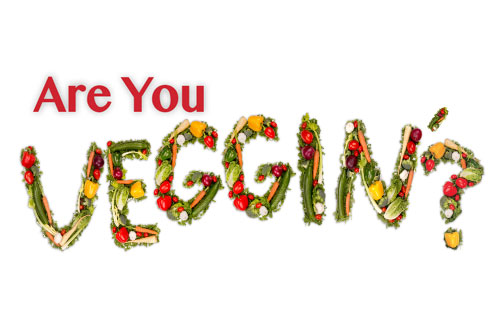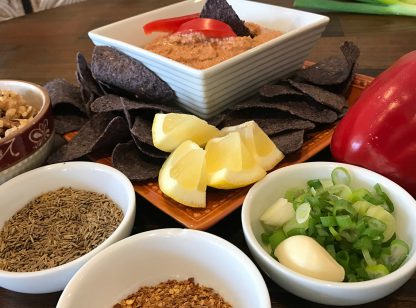 During the last decade, there has been increased focus on foods and chemicals thought to be harmful to the body. Of particular controversy are Genetically Modified Organism (or GMO) foods. Despite all the attention, many people are still unaware of exactly what GMO foods are, and why are they potentially harmful.
During the last decade, there has been increased focus on foods and chemicals thought to be harmful to the body. Of particular controversy are Genetically Modified Organism (or GMO) foods. Despite all the attention, many people are still unaware of exactly what GMO foods are, and why are they potentially harmful.
The term “GMO food” applies to any food whose DNA has been manipulated through genetic engineering in a lab.1 Such a food has been unnaturally altered at its most fundamental level. We simply do not know how the human body may be affected by ingesting genetically altered food. For many, the primary concern is whether GMO foods create discord in both the body and the environment.
GMO foods were created as early as 1943 in an effort to produce a food source that could feed the world’s starving populations and introduced into mainstream food circulation in 1994.2 They now exist in our food supply in heavy quantities. In fact, it would be difficult to buy food in a traditional grocery store or eat in a regular restaurant without ingesting a GMO food product.
The issue is that long-term human safety studies do not have the breadth and depth necessary to truly establish GMO foods as safe for long-term human consumption. There is research on GMO safety, but it lacks in-depth investigation into chronic health ailments now associated with ingestion of GMO foods, including increased risk of allergies, asthma, digestion issues, and dysbiosis (an imbalance of good to bad bacteria in the colon). There has also been research into potential increased risk of cancer; as well as mood, mental health, behavioral, and processing disorders.
Put simply, our bodies absorb and adapt to what we put inside them. We alter our bodies with the foods we ingest, and if those foods contain unnaturally altered DNA, we risk unnatural alteration of our own DNA.
Those concerned with the ramifications of GMO foods can limit exposure by being aware of the common sources. Below are a number of foods to look out for:
- Alfalfa
- Canola (approx. 90% of U.S. crop)3
- Corn (approx. 88% of U.S. crop in 2011)
- Cotton (approx. 90% of U.S. crop in 2011)
- Papaya
- Soy (approx. 94% of U.S. crop in 2011)
- Sugar Beets (approx. 95% of U.S. crop in 2010)
- Zucchini and Yellow Summer Squash
- Wheat
The foods above are often components and additives of other foods or ingredients – such as cooking oils or preserving agents. You can still avoid GMO foods by adhering to foods labeled ‘Non-GMO’ or ‘Organic.’ Foods without these labels very likely contain GMO ingredients. Be aware that many products marketed as “health foods” still contain GMO constituents. Food products such as canola oil, soy-based meat alternatives, and corn syrup are produced from GMO crops.
If a food is not labeled non-GMO or organic, it should be considered a GMO-containing food.
Dr. Sinsheimer is a Naturopathic Doctor with Optimal Health Center in Palm Desert and can be reached at (760) 568.2598.

















































Comments (0)